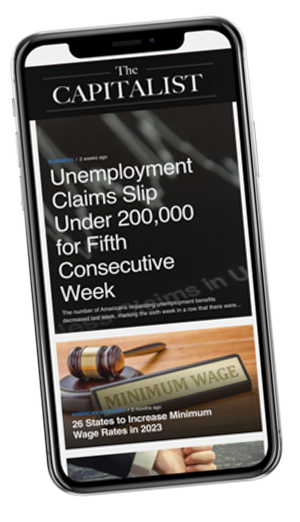Business
September Retail Sales in the U.S. See Rapid Increase

Retail sales in the United States increased significantly more than forecasted in September, pointing to strong household demand and suggesting that the Federal Reserve may still need to do more to contain inflation.
The Commerce Department reported on Tuesday that retail sales increased by 0.7 percent in September. About one-third of all consumer spending in the United States is made up of retail sales, which are regarded as a key indicator for the economy.
Even the most optimistic forecasts could not have predicted a sales figure that was so much higher than actual. Sales growth was predicted to increase by 0.3 percent on average by the economists surveyed by Ecoday, with a range of -0.1 percent to 0.5 percent.
Sales growth cannot be solely attributed to the rise in gas prices. Excluding gas stations, sales went up 0.7 percent.
Core retail sales, which do not include sales at gas stations and auto dealerships, increased by 0.6 percent. These were predicted to grow by only 0.1 percent, with estimates ranging from -0.5 to 0.3 percent. Sales increased by 0.6 percent when auto dealers were excluded, exceeding the consensus estimate of 0.2 percent.
Sales of so-called “control groups,” which do not include food services, auto dealers, building supply stores, or gas stations but are used to calculate GDP, increased by 0.6 percent, exceeding expectations to the highest degree.
Additionally, the August figures underwent sizable upward revisions, suggesting that sales have been stronger than anticipated for two months. The top-line retail sales growth for August increased from 0.6 percent to 0.8 percent. The percentage of ex-autos increased from 0.6 percent to 0.9 percent. The ex-autos and ex-gas station figures were revised up to 0.3 percent from 0.2 percent.
Wide-ranging sales growth suggests that consumer demand is still strong. Eight out of the 13 retail categories the Commerce Department is tracking saw an increase in sales.
The retail sales figures monitor the monthly nominal spending by households. Holidays and seasonal variations are taken into account, but inflation is not. The consumer price index increased by 0.4 percent in September.
In September, grocery store sales increased by 0.4 percent, which is four times more than the consumer price index for at-home food. Retailers of personal care products saw an increase in sales of 0.8 percent. As a result of higher gas prices, gas station sales increased by 0.9 percent.
Retailers of general merchandise saw an increase in sales of 0.4 percent. Online sales rose 1.1 percent. Sales at restaurants and bars increased by 0.9 percent, significantly more than the inflation rate of 0.4 percent for the Labor Department's “food away from home” category.
Clothing stores, home improvement stores, and stores selling electronics and appliances all saw a decline in sales. Sales were flat at department stores, sporting goods stores, and furniture stores.
Automobile dealership sales increased by 1 percent.
Up Next:



